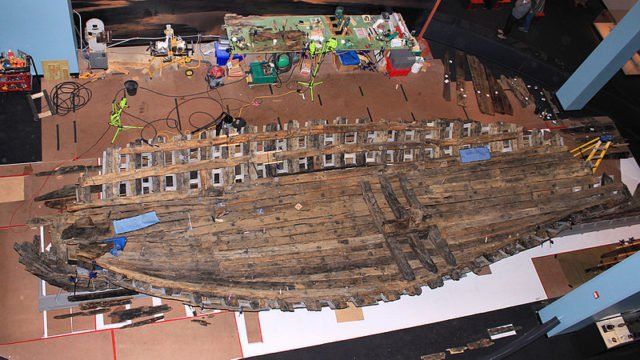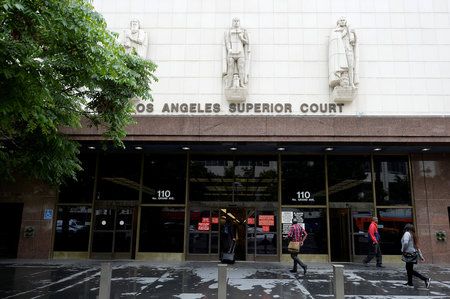Restoration Of A French Ship That Sank 300 Years Ago Is Finished

It’s an amazing feat anytime an artifact from the past is found and restored for the public’s benefit. With each item from the past comes opportunities to learn and grow, and so museums are full of these treasured items.
Joining the ranks of restored artifacts from the past is a ship that was wrecked and sank nearly 300 years ago. The partial remains of the ship were recently restored after tireless effort and resources were used.
The French ship La Belle is believed to have been totaled by a massive storm while traveling just off the Texan coast. Unfortunately, the ship was left completely destroyed after the disaster.
The reconstruction of the ship was an ongoing process that took place at the Bullock Texas State History Museum in Austin, Texas, United States. The Hull’s parts were eventually restored as much as possible by experts, and the remains are now on display in an exhibit organized by the museum.
The Associated Press released the news of the complete restoration of La Belle as well as its display at the museum, and the news was met with great excitement from historians and the public.
The popularly theorized story of La Belle is that the French were similar to the Italians and Spaniards in their desire to travel to the New World and colonize some of the lands. This theory was fortified by the initial excavation of the ship.
The excavation site was full of a variety of materials that appeared to indicate colonization intent from the French sailors aboard. A large supply of weaponry including ax heads and knives were found, along with pottery, brass pins, and bottles.
Peter Fix, a watercraft conservator of A&M, shared in a news release that there was also a proliferation of personal belongings found in the wreckage of the ship. This list included clothing, combs, and other weapons like lead shots and long guns, sword fragments, and bronze canon.
Further to La Belle’s history, it sailed the ocean in 1686 before sinking on an expedition by Rene-Robert Cavelier Sieur de La Salle, a famed French explorer commonly referred to as the “Mississippi River explorer.”
Although steered by the expertise of Rene-Robert, the expedition started on a faulty foundation with maps that were incorrect. The 54-foot long oak frigate eventually ended up approximately 400 miles away from its originally intended landing spot.
The site was first discovered in 1995 by archaeologists of the Texas Historical Commission. They stumbled upon the keel and other pieces of La Belle’s structure near the Texas’ coast.
In order to recover the remaining parts of the ship, the archaeological experts had to build a dam surrounding the site and pump it dry. The Hull of the ship was mostly intact and well-preserved underneath 6 feet of mud.
Seventeen years later in 2012 another large step in La Belle’s restoration took place. Approximately 600 waterlogged pieces were transported to Texas A&M. In order to rid the timber of over 300 years of moisture, all of the pieces were stored at 60 degrees below zero in the world’s biggest archaeological freeze-dryer.
If you’re ever in Texas, this display might be worth checking out!












